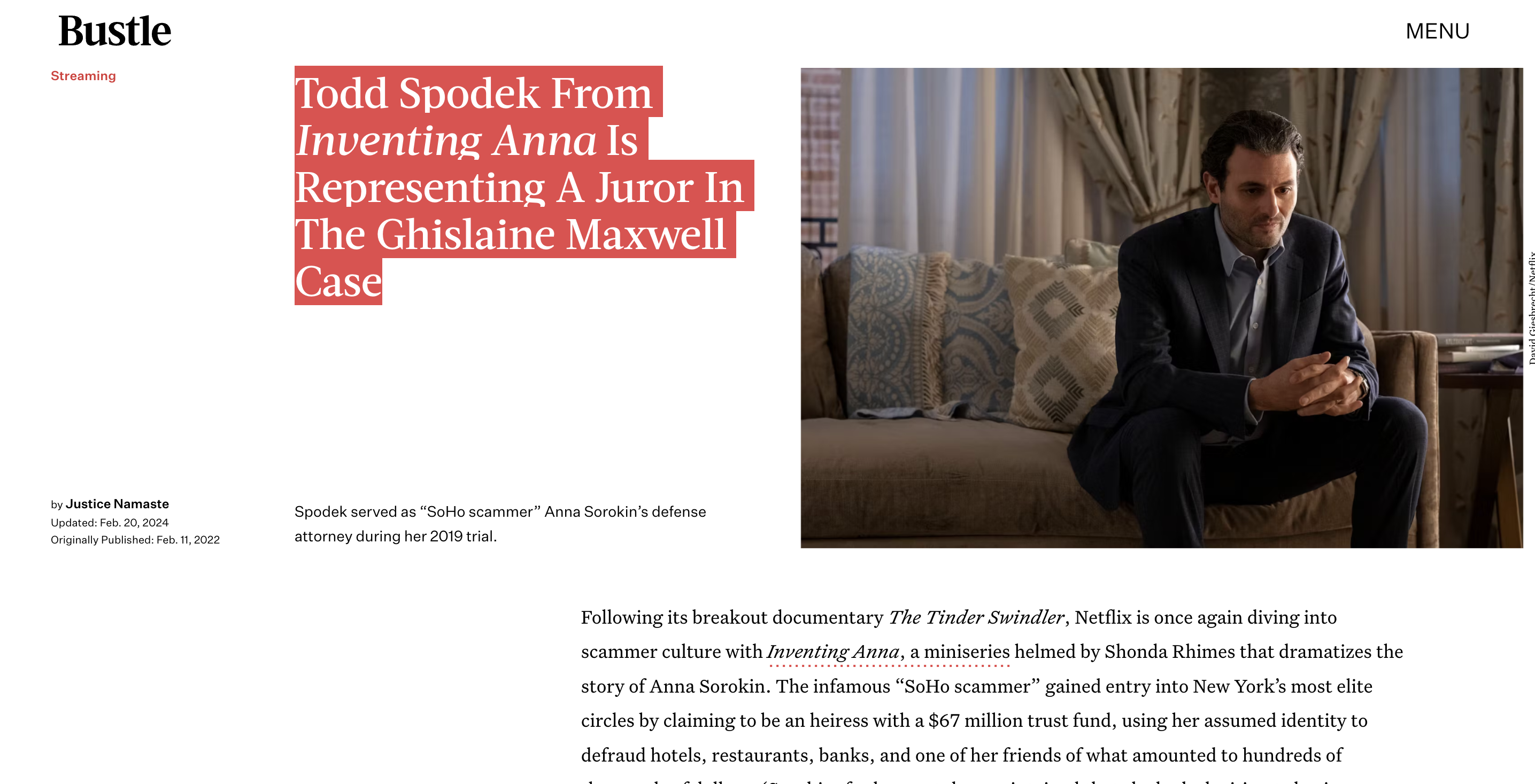NY Penal Law § 470.15: Money Laundering in the Second Degree
For the purpose of concealing proceeds from criminal activity such as drug dealing, gambling, fraud or theft, people who are involved in such criminal activity frequently take steps to make it look as though the money was obtained through legal transactions. This is known as money laundering. Money laundering is commonly employed not only by those involved in drug trafficking, illegal gambling, and prostitution, but some elected officials have even been known to be involved in money laundering in an effort to conceal the real source of campaign financies. There are eight different crimes that cover money laundering in the New York penal code. Money laundering in the first degree is one of the two most egregious money laundering offenses in the New York criminal code. You could be prosecuted under New York Penal Law § 470.20 for money laundering in the first degree if you:
- Are aware that a financial transaction represents the proceeds of criminal conduct and you:
- Carry out at least one financial transaction with intent to carry on the criminal activity or with intent to violate federal tax legislation,
- Carry out at least one financial transaction with the awareness that it was designed to hide the nature, location or control of the criminal activity
- Carry out at least one financial transaction that is designed to avoid necessary transaction reporting and the amount of the transaction or transactions is greater than $50,000
- Are aware that at least one money instrument represents the proceeds of criminal conduct and you transport the money instrument with intent to:
- Promote carrying on the criminal activity
- Conceal the nature, location or control of the criminal activity
- Avoid transaction reporting and the amount of the money instrument or instruments is greater than $100,000 combined.
- Perform at least one financial transaction that:
- Involves property that is the proceeds of criminal activity or property that was used to carry out or facilitate criminal activity with intent to promote that activity,
- Conceal the nature, location or control of the activity or
- Avoid transaction reporting and the transaction or transactions is greater than $100,000.
An Example
Eugenia operates a prostitution ring, that brings in thousands of dollars every week. In order to evade raising suspicion about how she actually earns her money, Eugenia established a wholesale operation and a group of supplier companies. Eugenia set up phony transactions totalling more than $100,000 a month between the phony wholesale company and supplier companies. It looked as though she had a thriving enterprise that allowed her to live a comfortable lifestyle. Since in reality, Eugenia was earning her living through promoting prostitution and “cleaning” up the funds through her other front businesses, Eugenia might face second degree money laundering charges.

Offenses that are Related
Money laundering in the fourth degree: New York Penal Law § 470.05
Money laundering in the third degree: New York Penal Law § 470.10
Money laundering in the first degree: New York Penal Law § 470.20
Money laundering in support of terrorism in the fourth degree: New York Penal Code § 470.21
Money laundering in support of terrorism in the third degree: New York Penal Law § 470.22
Money laundering in support of terrorism in the second degree: New York Penal Law § 470.23
Money laundering in support of terrorism in the first degree: New York Penal Law § 470.24
Possible Defenses
For you to be convicted of money laundering in the second degree, the prosecutor needs to demonstrate that you had the intent to launder the funds. If, for example, someone “duped” you into being involved in the laundering of funds in such a way that you were unaware that the money involved was the proceeds of criminal conduct, then the prosecutor would have a tough time convicting you of money laundering.
The Sentence
Money laundering in the second degree is categorized as a class C felony. If you are convicted of this crime your sentence may include up to 15 years in prison and 5 years of probation. In addition, New York Penal Law § 470.25 states that you would also be obligated to pay a fine of up to double the amount of money involved in the money laundering scheme.









